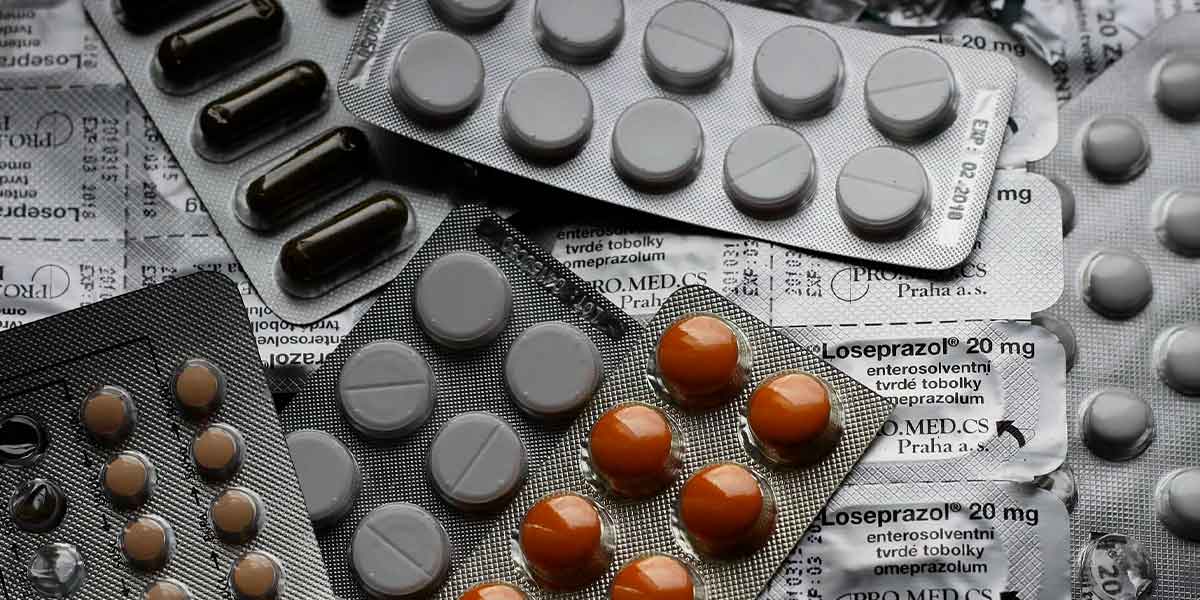When people think of medical malpractice, they usually think of cases where surgeons leave a scalpel inside a patient or amputate the wrong limb during surgery. However, medical malpractice doesn’t just happen in operating rooms. Medical malpractice encompasses every area of healthcare where medical practitioners deviate from the standard of care, causing injury or harm to their patients. This includes the prescribing and dispensing of medication. Indeed, errors in pharmaceutics form a significant part of a subset of medical malpractice known as pharmaceutical malpractice. Each year over 100,000 reports of medication errors make their way to the U.S. Food and Drug Administration (FDA). Because there are many people and many steps involved in prescribing and filling medication, errors can happen at any point in the process. The two most common pharmaceutical errors have been found to be incorrect dosage or incorrect medication. However, there are numerous other instances that can lead to pharmaceutical malpractice.
The prescription process
Before going into pharmaceutical malpractice, it might be helpful to look at how medications are filled as a means of understanding the process involved in getting prescriptions to patients.
-A doctor prescribes medication to a patient by filling out a prescription form or inputting the order on a computer and sending it out electronically to the patient’s preferred pharmacy.
-Using the patient’s medical profile from the pharmacy’s database, the pharmacist will compare the medication prescribed to their profile to check for medical conditions, drug interactions with current medication, and possible allergic reactions.
-The pharmacist verifies that the medication is covered under the patient’s insurance.
-The pharmacist will then prepare and pack the medication along with a label and instructions.
-The medication is then handed to a pharmacy technician who will recheck the medication and label for accuracy.
-The medication is finally supplied to the patient who then meets with the pharmacist for consultation.
What constitutes pharmaceutical malpractice?
As is evident from the previous section, there are numerous steps and exchanges that must take place just to fill a single prescription. This means there are also numerous possibilities for a pharmaceutical error to occur. However, it is important to keep in mind that pharmaceutical malpractice is difficult to prove as there must be a direct link between a medication error and the injury of a patient. In addition, it must be evident that the error which resulted in the patient’s injury could have been prevented. There is a common misconception that an adverse reaction to a medication prescribed by a doctor is an indication that an error took place, but this is not necessarily true. Errors in pharmaceutics arise mostly when the wrong dosage or wrong medication is prescribed. They can also take place if a healthcare provider fails to match the medicine prescribed to the patient’s medical history and profile which should include any current and previous medications as well as any drug allergies. In addition, improper communication can also lead to pharmaceutical malpractice. Neglecting to inform a patient about risks and side effects or proper dosing instructions may cause serious injury resulting in a pharmaceutical malpractice case.
It should be noted that while doctors tend to bear most of the responsibility for medication errors, pharmacists, nurses, hospitals and any other entities involved in prescribing and dispensing prescription drugs may be also held liable for any injuries they cause.
How can patients help prevent medication errors?
There is a certain expectation that medication that has been prescribed by a doctor should be safe to use and efficient in relieving the health issue for which it was prescribed. However, those in the medicinal field can and do make mistakes that can cause a great deal of harm. As such, patients must take an active role in administering any medication that is prescribed to them. If you are a patient, always inform your doctor of any medication you are taking, including over-the-counter medicine and vitamin or herbal supplements. Also, be sure to ask about the medication your doctor is prescribing—its name, purpose, and side effects as well as the dosage. Finally, when you receive your prescription at the pharmacy, ask about instructions and storage for the medication. Some need to be stored at room temperature while others require refrigeration.
If you have been harmed by an error in the medication that was prescribed and dispensed to you, you may be able to bring a pharmaceutical malpractice claim against the healthcare provider or institution responsible. Contact Novo Law Firm PC for a consultation about your claim. We’ll let you know if you have a case and begin the process of securing your compensation as well as holding those at fault accountable for their negligence.







